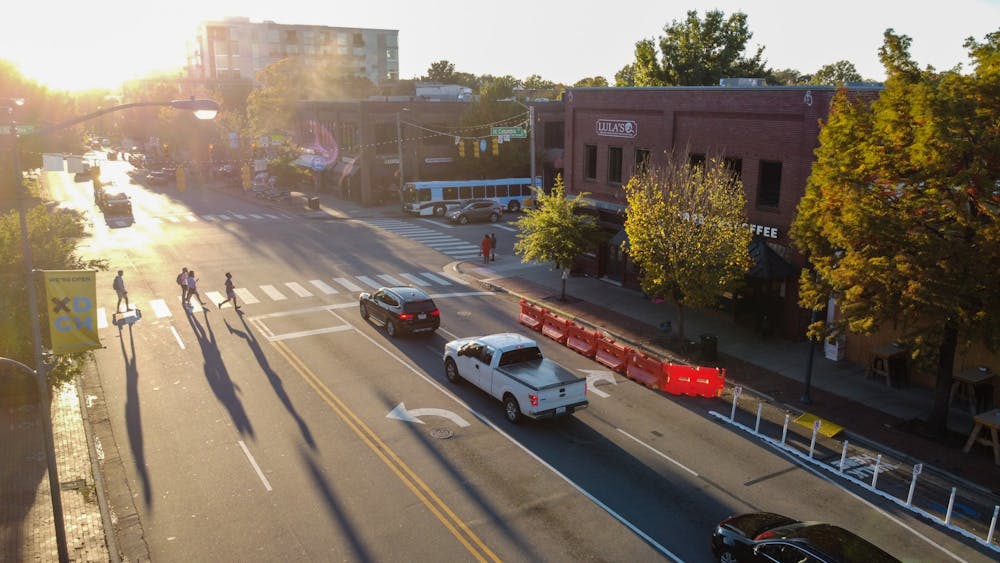A potential crisis diversion center in Orange County hit one of its first major milestones on Aug. 12, as architectural firms and crisis service providers submitted applications for their roles in the project.
The crisis diversion center would provide options other than incarceration or hospitalization for people experiencing behavioral or mental health issues. It will likely begin construction within the next two years, according to Caitlin Fenhagen, Orange County's criminal justice resource director.
The Crisis/Diversion Facility Subcommittee under the Orange County Behavioral Health Task Force is leading the effort to develop the center. This subcommittee includes representatives from the Orange County Board of County Commissioners, Chapel Hill Police Department Crisis Unit, Orange County EMS and UNC Health Care, among others.
While the 24-hour center would mainly serve patients after interactions with law enforcement or emergency medical services, walk-ins would also be accepted.
The center will provide treatment and social services networking, as well as criminal justice and medical services. The Crisis/Diversion Facility Subcommittee used similar facilities in both Buncombe and Wake counties as a reference to determine best practices and treatments.
Consultants and partners for the facility will be chosen in the coming months, and a location for the building is scheduled to be chosen by December. The final design will be completed early next year, and Fenhagen said the facility might be operational in three years — although this is a tentative timeline.
"The facility will be purposefully designed to be very welcoming and very integrated into the landscape, wherever the site is," Deputy County Manager Travis Myren said.
In April 2019, more than 30 stakeholders from Orange County met to evaluate gaps in Orange County's criminal justice system. One issue discussed was the absence of a no-refusal intake service for law enforcement to divert those who may not be best served by incarceration or an emergency room.
The facility subcommittee was formed later in 2019 to develop a center that would fill the gaps the stakeholders identified.




